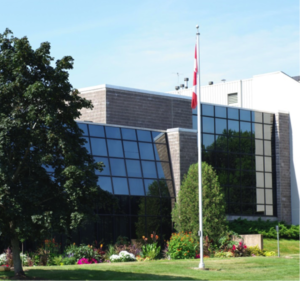Dynamic Controlled Atmosphere (DCA) storage of fruits & vegetables

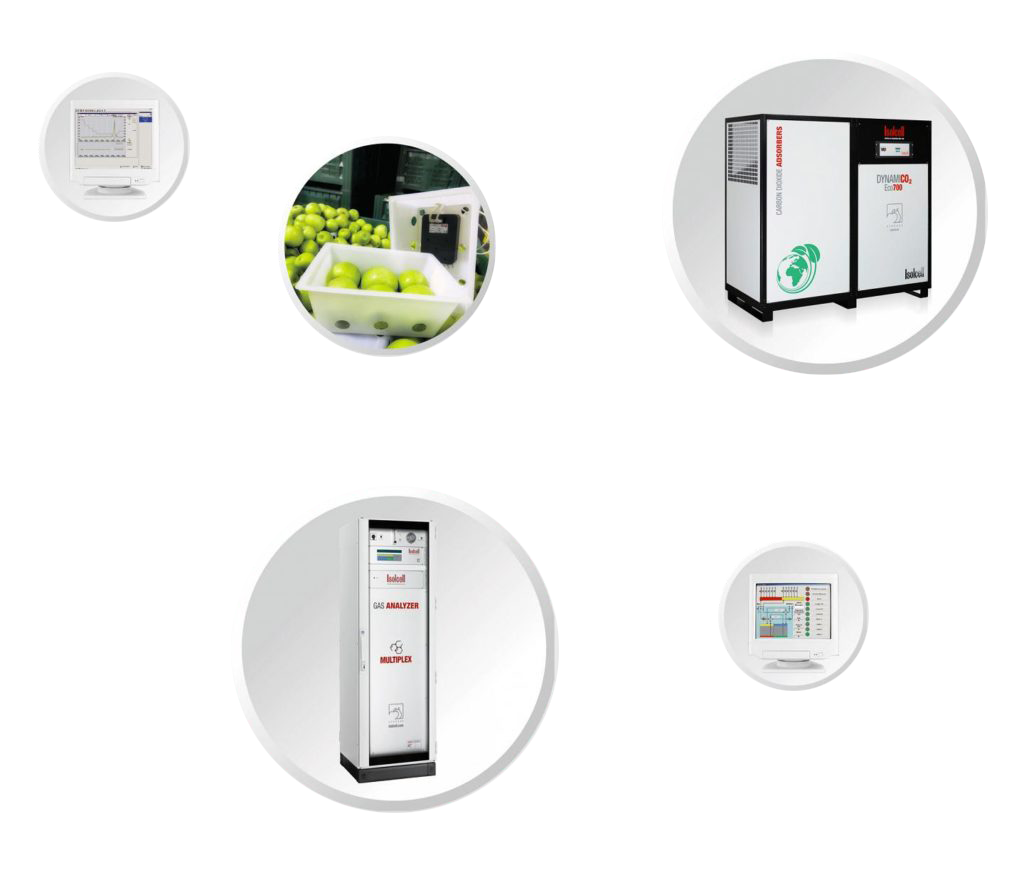
The Results
“By the end of 2022, > 4 million tonnes of apples and pears were being stored in > 3,049 DCA-CF rooms in >33 countries worldwide.”
HarvestWatch
This new technology was developed and patented in Canada in 2001 by a research team led by Dr. Robert Prange and Dr. John DeLong. Further research evaluation was conducted internationally, especially by Dr. Angelo Zanella of the Agricultural Research Institute Laimburg Italy which led to commercialisation in the U.S.A and Italy in 2003-2004.
The technology detects stress, e.g., low oxygen, by continuously monitoring changes in the chlorophyll fluorescence of the stored product. The major application of HarvestWatch technology is in dynamic controlled atmosphere-chlorophyll fluorescence (DCA-CF) storage of fruits and vegetables.
4.2
3049
33
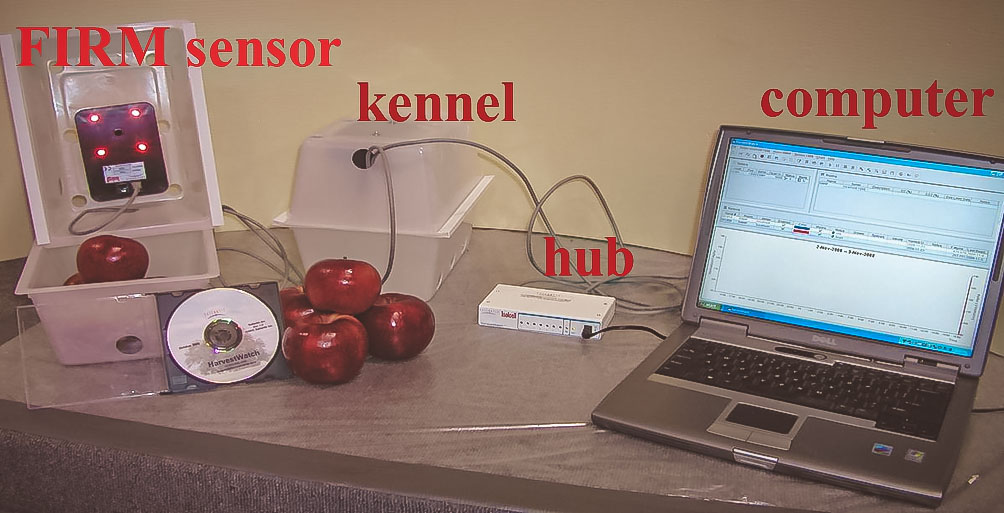
The HarvestWatch™ system
is distributed by Isolcell S.p.A. It consists of all the necessary software and hardware to continuously measure the chlorophyll fluorescence (Fα) of stored fruits and vegetables.
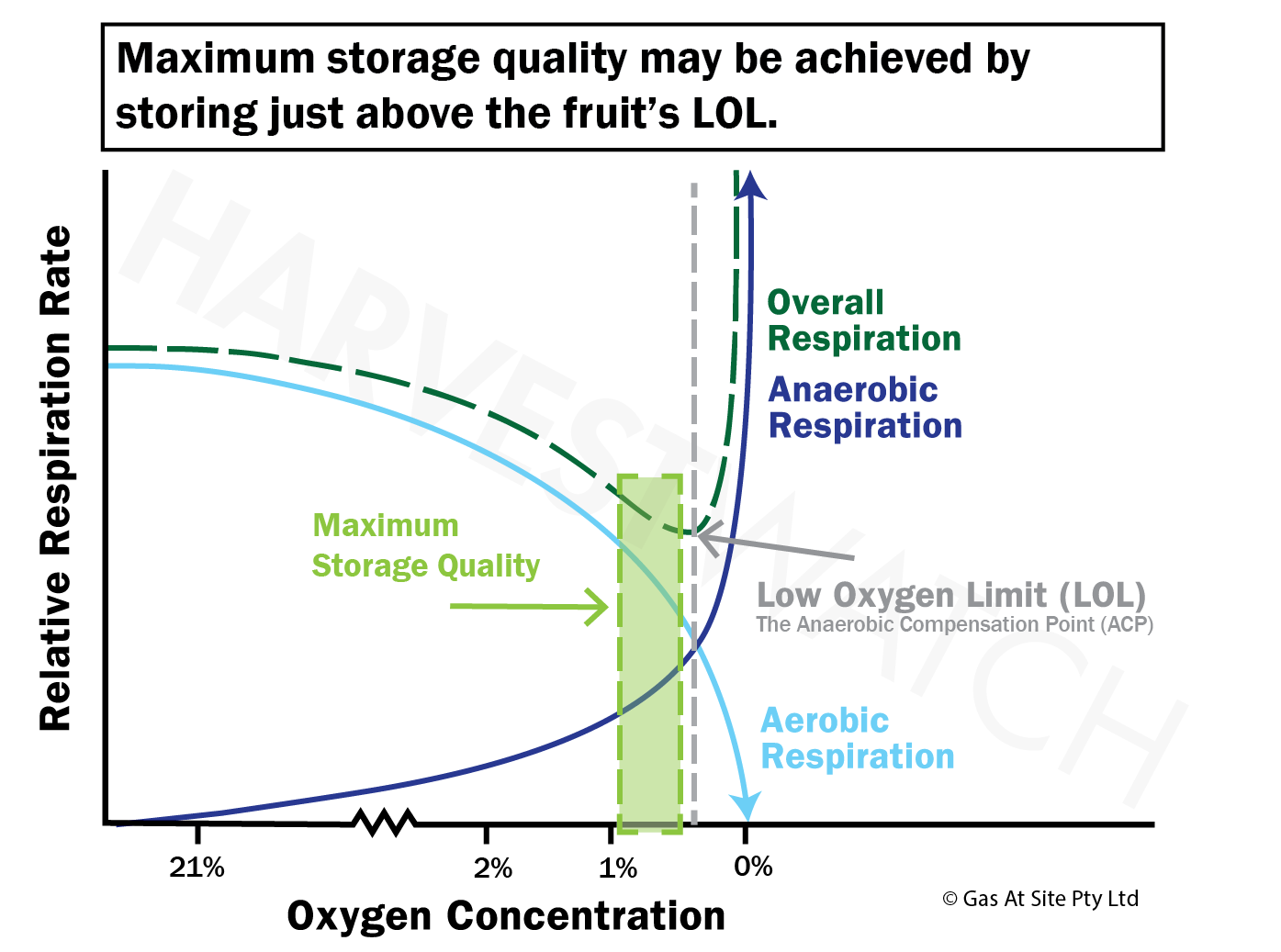
Benefits of storing just above the LOL
- Extended Storage Life
- Superficial Scald Control
- Firmness Retention
- Colour Retention
- Flavour Enhancement
- Reduced ethylene production
Detecting the LOL
(Low Oxygen Limit)
The HarvestWatch system directly measures the fruit’s response to low oxygen conditions by analysing the fluorescence intensity emitted from the chlorophyll in the skin of the fruit.
The fluorescence intensity changes rapidly when anaerobic respiration is triggered indicating the Low Oxygen Limit.
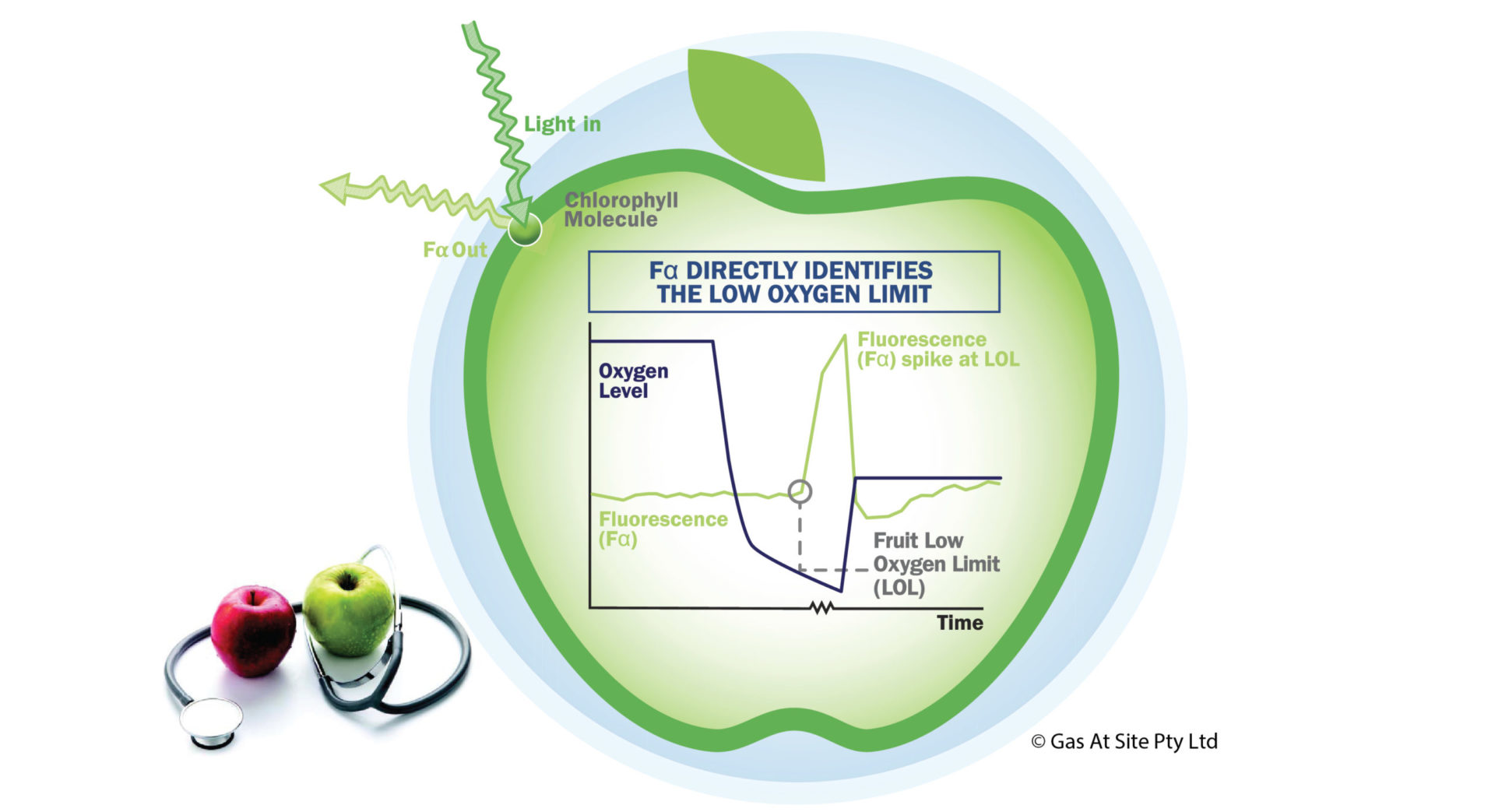
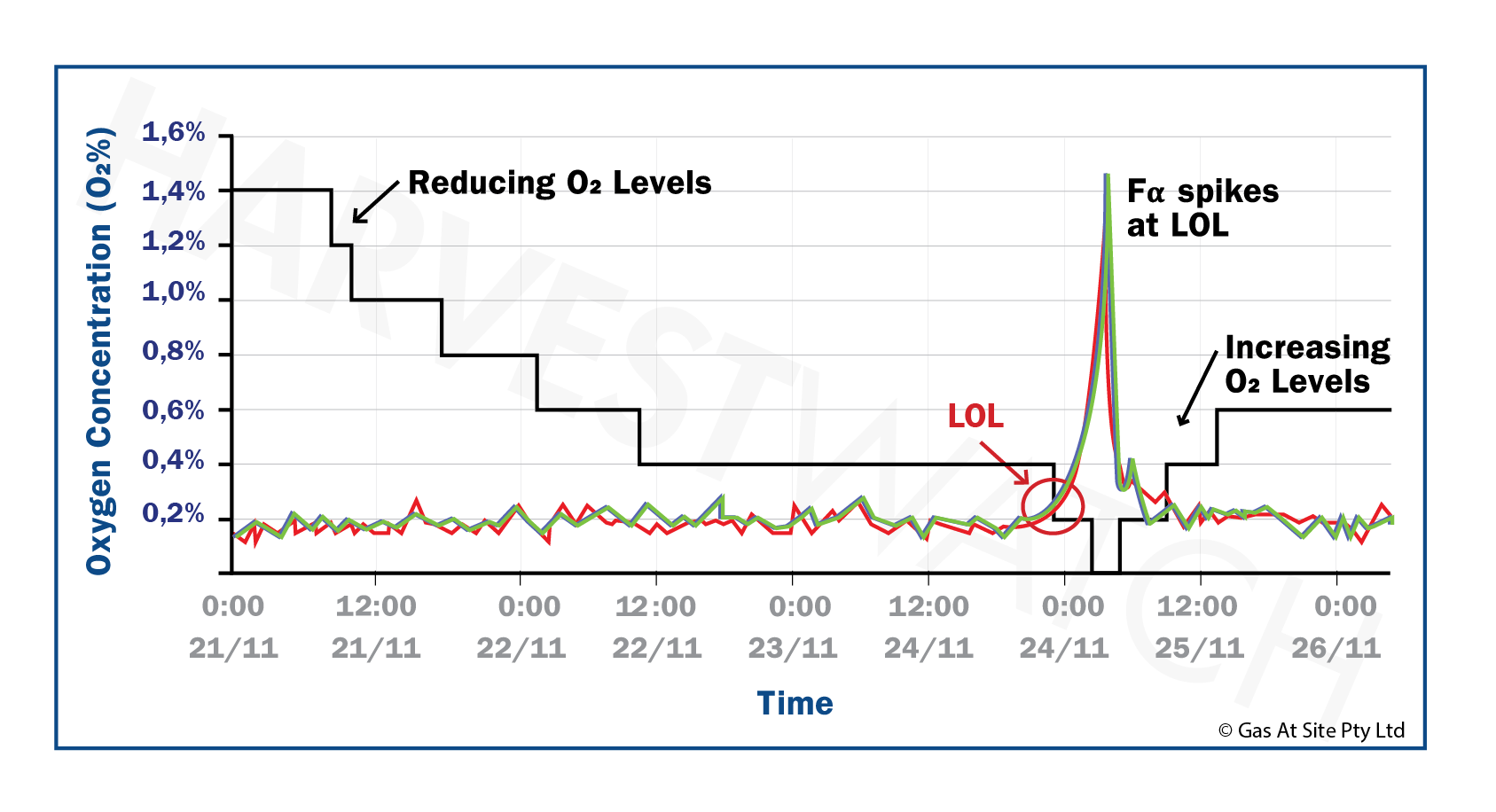
Example of LOL detection
HarvestWatch instantly indicates the fruit stress at the Low Oxygen Limit and allows for corrective measures to be taken.
Cultivars stored commercially with HarvestWatch
Apples
- Ambrosia
- Belchard
- Bramley Seedling
- Braeburn
- Cox’s Orange Pippin
- Cortland
- Elstar
- Empire
- Envy
- Fuji
- Gala
- Granny Smith
- Golden Delicious
- Honeycrisp
- Idared
- Jazz
- Jonagold (Red Prince)
- Joya (Sundowner)
- Juliette
- Kanzi (Nicoter)
- Ligol
- Maigold
- Red Delicious
- Morgenduft (Rome Beauty)
- Opal
- Pazazz
- Pink Lady (Rosy Glow)
- Pinova (Evelina)
- Rubens
- Semerinka
- Szampion
- Tentation
- Topaz
- Winesap
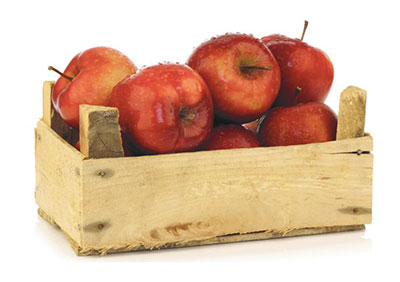
Pears
- Alexander Lucas
- Conference
- Comice
- Corella
- Deveci
- Forelle
- Louise Bonne (Gute Louise)
- Nashi
- Packham’s Triumph
- Rocha
- Spadona (Blanquilla)
- Williams (Bartlett)
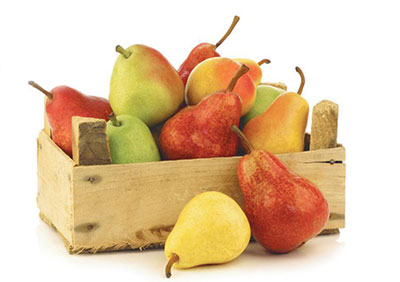
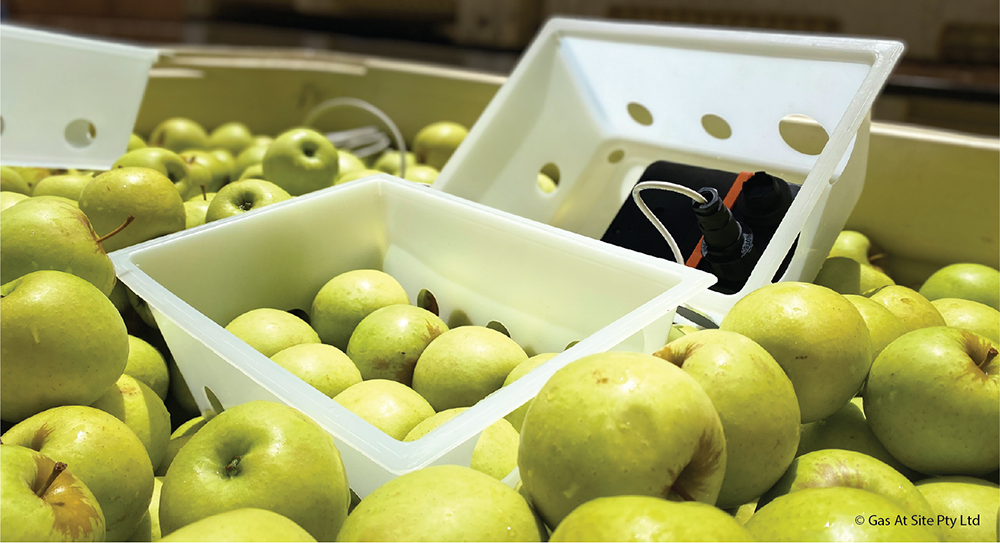
Benefits of the
HarvestWatch System
- Direct and accurate detection of the Low Oxygen Limit (LOL) in fruit.
- Rapid and frequent measurement.
- Results are reliable and highly repeatable.
- Sensors are robust and durable; have no moving parts and require no calibration.
- Non-chemical and ideal for organic fruit.
- Monitoring of the fruit in real time.
- On-site or remote monitoring and archiving of data for future reference.
- The HarvestWatch signal can detect changes due to senescence, decay or incorrect storage conditions, i.e. temperature, unwanted toxic gases such as ammonia refrigerant.
DCA using the HarvestWatch system controls superficial scald in apples and pears
Traditional-CA-stored
apple fruit that are unmarketable due to Superficial Scald.
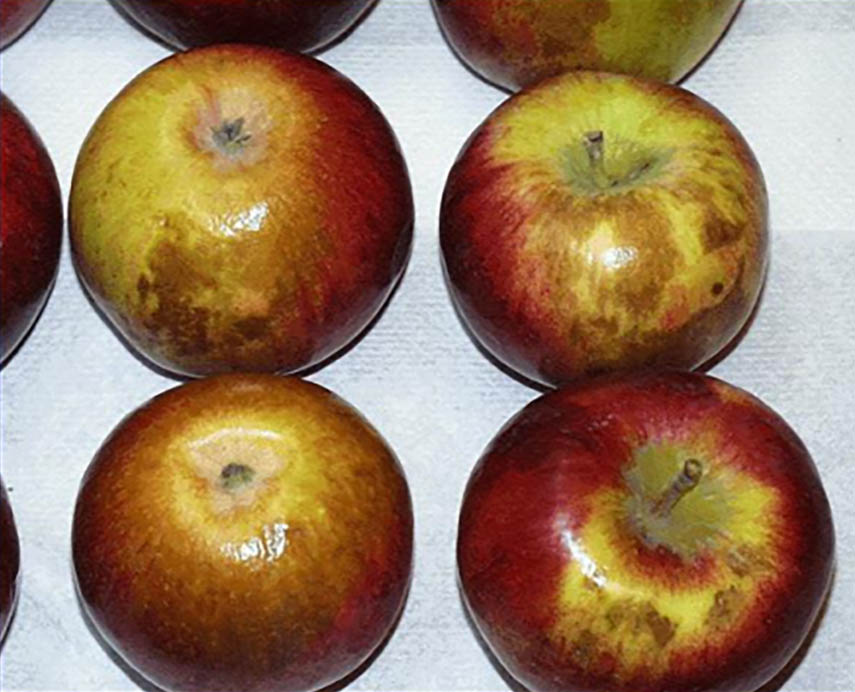
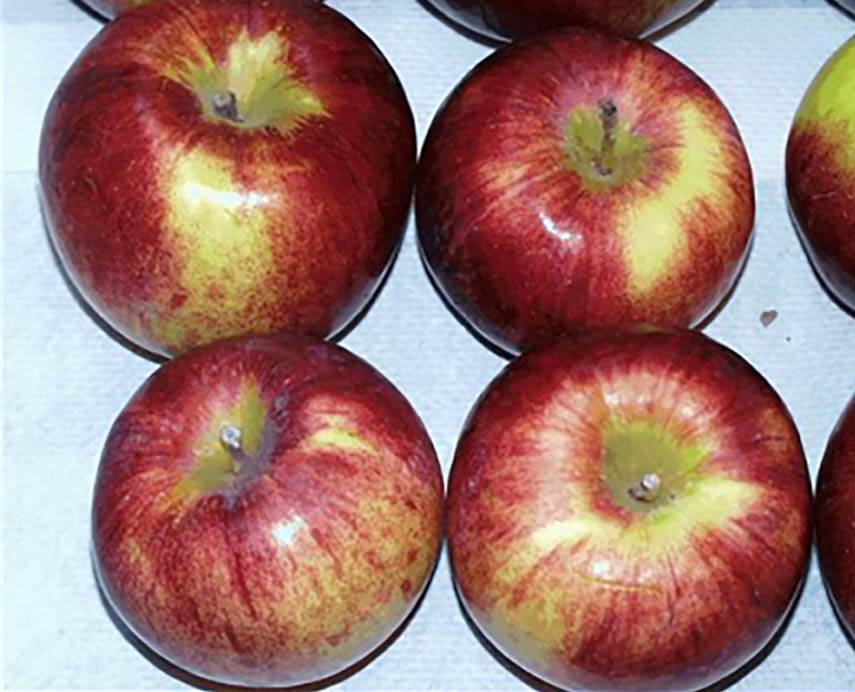
DCA-stored
apple fruit that are 100% marketable

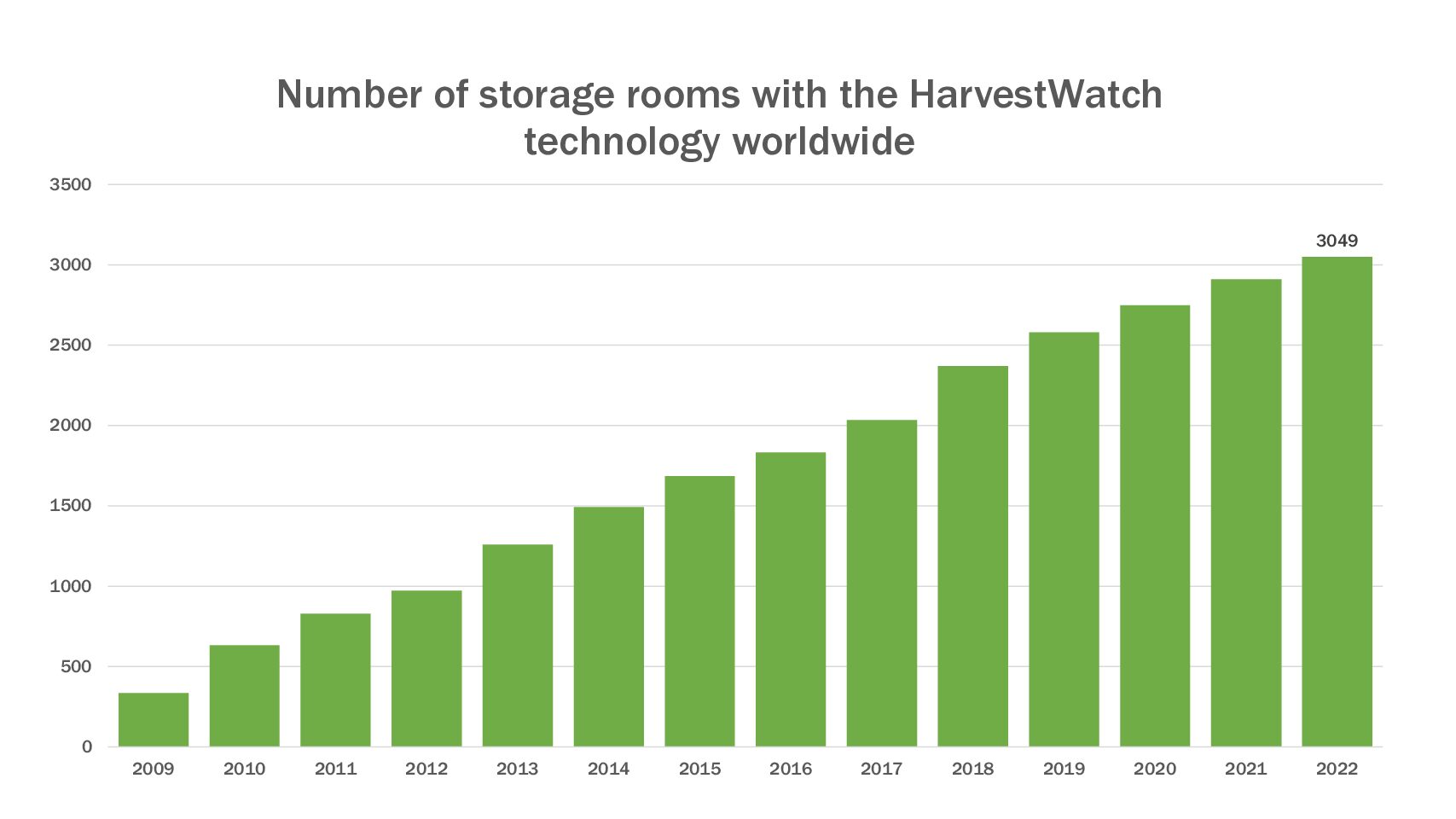
 Research publications
Research publications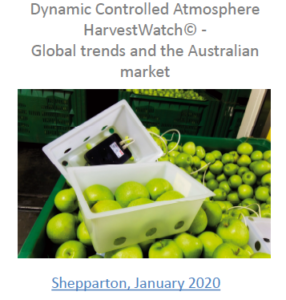 Presentations
Presentations